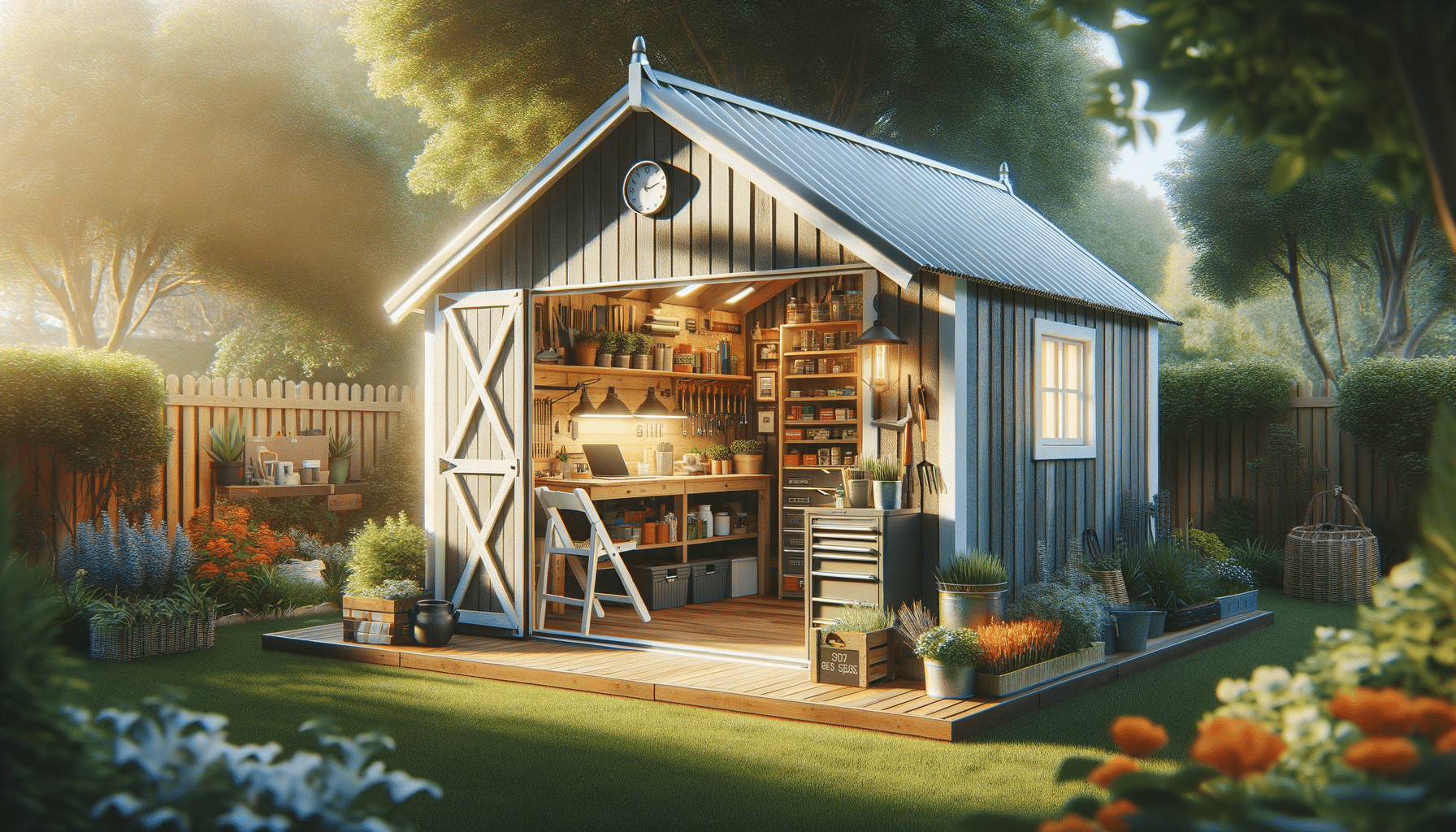Exploring the Benefits and Uses of Prefab Sheds
Prefab sheds offer a versatile solution for storage and workspace needs, combining convenience with durability.

Introduction to Prefab Sheds
Prefab sheds have become an increasingly popular choice for homeowners and businesses alike, offering a convenient and efficient solution for storage and workspace needs. These structures are pre-manufactured in sections and then assembled on-site, which significantly reduces the time and effort required for construction. Prefab sheds are known for their versatility, allowing them to serve various purposes such as garden tool storage, workshop space, or even a home office. With a range of designs and materials available, prefab sheds can be customized to fit the aesthetic and functional requirements of any property.
Advantages of Choosing a Prefab Shed
One of the primary advantages of a prefab shed is the ease of installation. Unlike traditional construction, which can be time-consuming and labor-intensive, prefab sheds are designed for quick assembly. This means less disruption to your daily life and a faster turnaround from purchase to use. Additionally, prefab sheds often come with detailed instructions and all necessary components, making them accessible even to those with minimal construction experience.
Another significant benefit is cost-effectiveness. Prefab sheds are typically more affordable than custom-built structures, as they are mass-produced and require fewer labor costs. This affordability does not compromise quality, as many prefab sheds are constructed from durable materials designed to withstand the elements. Furthermore, the modular nature of prefab sheds allows for future expansions or modifications, offering long-term flexibility.
Materials and Design Options
Prefab sheds come in a variety of materials, each offering unique benefits. Common materials include wood, metal, and resin. Wooden prefab sheds are favored for their classic appearance and natural insulation properties. They can be painted or stained to match the surrounding environment, enhancing the overall aesthetic appeal.
Metal sheds, often made from galvanized steel or aluminum, are renowned for their durability and resistance to pests and fire. They require minimal maintenance and are ideal for areas prone to harsh weather conditions. Resin sheds, made from high-density polyethylene or similar materials, offer a lightweight and rust-resistant alternative. They are easy to clean and maintain, making them a practical choice for busy homeowners.
- Wood: Classic look, good insulation, customizable finish.
- Metal: Durable, pest and fire-resistant, low maintenance.
- Resin: Lightweight, rust-resistant, easy to clean.
Practical Uses for Prefab Sheds
Prefab sheds are incredibly versatile and can be adapted for numerous uses beyond simple storage. For gardening enthusiasts, they offer an ideal space to store tools, pots, and fertilizers, keeping everything organized and easily accessible. They can also serve as a potting shed, providing a dedicated area for planting and nurturing seedlings.
For those needing a workspace, prefab sheds can be transformed into workshops or studios. With the addition of insulation, electricity, and proper ventilation, they become a comfortable environment for hobbies such as woodworking, painting, or crafting. Some homeowners have even converted prefab sheds into home offices, offering a quiet and private area to work without the distractions of home life.
Considerations Before Purchasing a Prefab Shed
Before purchasing a prefab shed, it’s essential to consider several factors to ensure it meets your needs. First, assess the available space on your property and determine the shed’s intended use. This will help you choose the appropriate size and design. Additionally, check local zoning regulations or homeowner association rules, as there may be restrictions on shed placement or size.
Consider the climate in your area when selecting materials. For instance, if you live in a region with heavy snowfall, a metal shed with a sloped roof may be more suitable to prevent snow accumulation. Budget is another crucial factor; while prefab sheds are generally cost-effective, prices can vary based on size, materials, and additional features like windows or skylights.
Finally, think about future needs. Choosing a modular design can allow for expansions or modifications, ensuring your prefab shed remains functional and relevant as your requirements evolve.